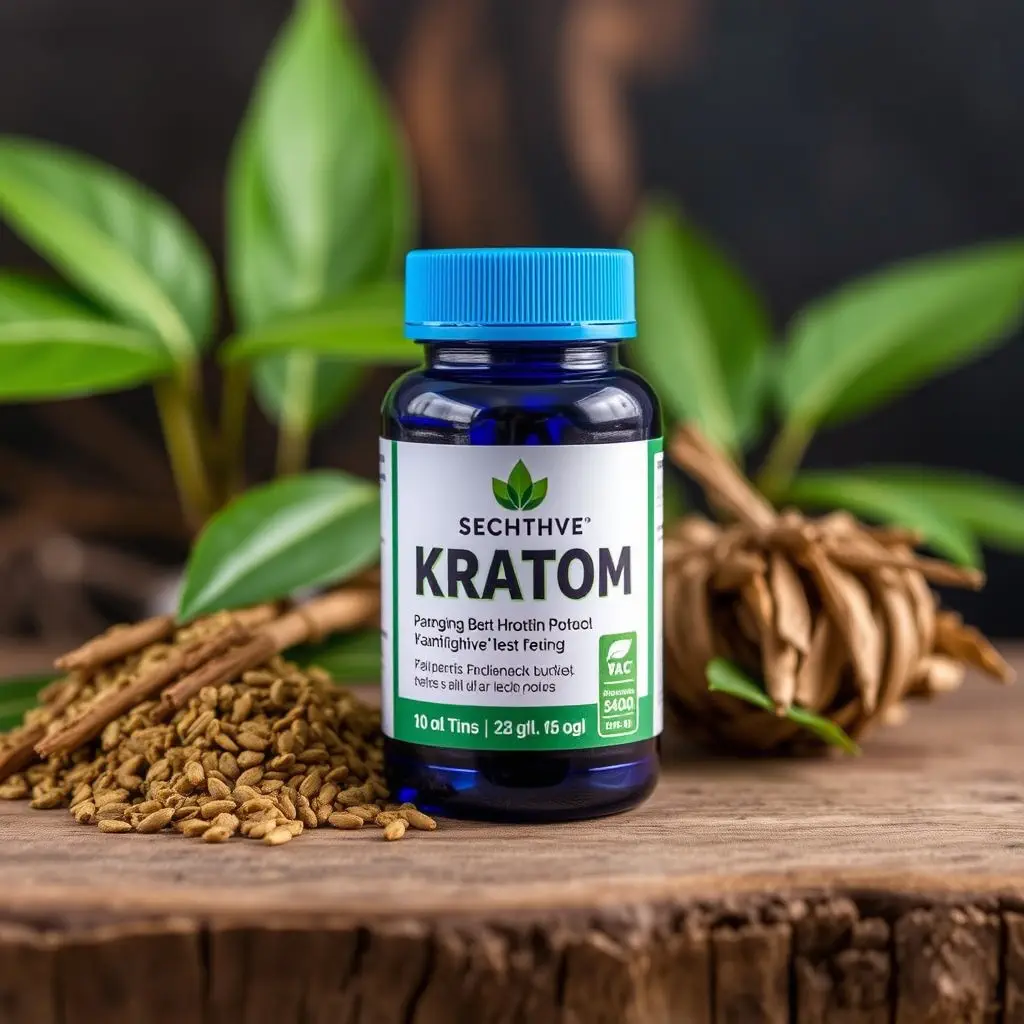Maine kratom, derived from Mitragyna speciosa, offers a natural alternative for chronic pain and inflammation relief without the risks of opioids. Its unique alkaloids, mitragynine and 7-hydroxymitragynine, interact with opioid receptors to reduce pain signals and accelerate recovery, appealing particularly to athletes. However, safe use requires precise dosage, purchasing from reputable sources, and consulting healthcare professionals for personalized advice due to potential side effects and interactions.
Injury prevention and management have evolved with the discovery of natural remedies, one of which is Maine kratom. This article delves into the potential of this herbal extract in promoting healing and alleviating pain. We explore ‘Understanding Maine Kratom’ and its role in preventing and managing injuries, focusing on chronic pain and inflammation. Additionally, we navigate the safe use and potential risks associated with Maine kratom to ensure optimal recovery for injury victims.
- Understanding Maine Kratom: A Natural Approach to Injury Prevention
- The Role of Kratom in Managing Chronic Pain and Inflammation
- Safe Use and Potential Risks: Navigating the World of Maine Kratom for Optimal Injury Recovery
Understanding Maine Kratom: A Natural Approach to Injury Prevention
Maine kratom, a natural herb with a rich history in traditional medicine practices, has gained attention for its potential role in injury prevention and management. The term “Maine kratom” refers to the use of Mitragyna speciosa, commonly known as kratom, which is native to Southeast Asia but has been cultivated globally due to its diverse applications. This herb contains unique alkaloids that interact with opioid receptors in the body, offering a range of therapeutic effects.
Injury prevention strategies often focus on reducing pain and inflammation while promoting healing. Maine kratom’s natural analgesic properties make it a compelling option for individuals seeking alternative solutions. Studies suggest that certain compounds in kratom can help manage chronic pain without the addictive risks associated with prescription opioids. Its anti-inflammatory characteristics may also aid in accelerating the recovery process, making it particularly appealing for athletes and active individuals who are at a higher risk of physical injuries.
The Role of Kratom in Managing Chronic Pain and Inflammation
Kratom, a natural herb derived from the plant Mitragyna speciosa, has gained attention for its potential in managing chronic pain and inflammation. In the state of Maine, where kratom use is regulated, it offers an alternative solution for individuals seeking relief from persistent pain conditions that often persist despite conventional treatments. The primary active compounds in kratom, mitragynine and 7-hydroxymitragynine, interact with opioid receptors in the body, providing analgesic effects without the same level of addiction risk associated with prescription opioids.
Studies suggest that Maine kratom can help reduce chronic pain by modulating pain signals in the brain and spinal cord, as well as by reducing inflammation through its anti-inflammatory properties. This dual action makes it a valuable tool for managing conditions like fibromyalgia, arthritis, and neuropathies. However, it’s crucial to note that while kratom shows promise, more research is needed to fully understand its effects and optimal use in pain management, especially regarding dosage and long-term safety.
Safe Use and Potential Risks: Navigating the World of Maine Kratom for Optimal Injury Recovery
Maine kratom, known for its unique properties, offers potential benefits in injury prevention and management. However, navigating this natural remedy requires a cautious approach to ensure safe use. Dosage is key; proper measurement and adherence to recommended guidelines are essential to avoid adverse effects. Users should start with lower doses and gradually increase as needed, allowing their bodies to adjust.
Potential risks associated with Maine kratom include gastrointestinal upset, especially when consumed in high amounts or by individuals with pre-existing digestive conditions. Allergies and interactions with medications are also considerations. It’s crucial to purchase Maine kratom from reputable sources to guarantee purity and quality. Additionally, consulting a healthcare professional before incorporating it into an injury recovery regimen is advisable, as they can provide personalized guidance based on individual health profiles.
Maine kratom offers promising natural solutions for injury prevention and management, with its unique properties aiding in pain relief and inflammation reduction. However, it’s crucial to approach its use responsibly, understanding both the benefits and potential risks. Always consult healthcare professionals before incorporating Maine kratom into your recovery routine, ensuring safe and optimal results.





